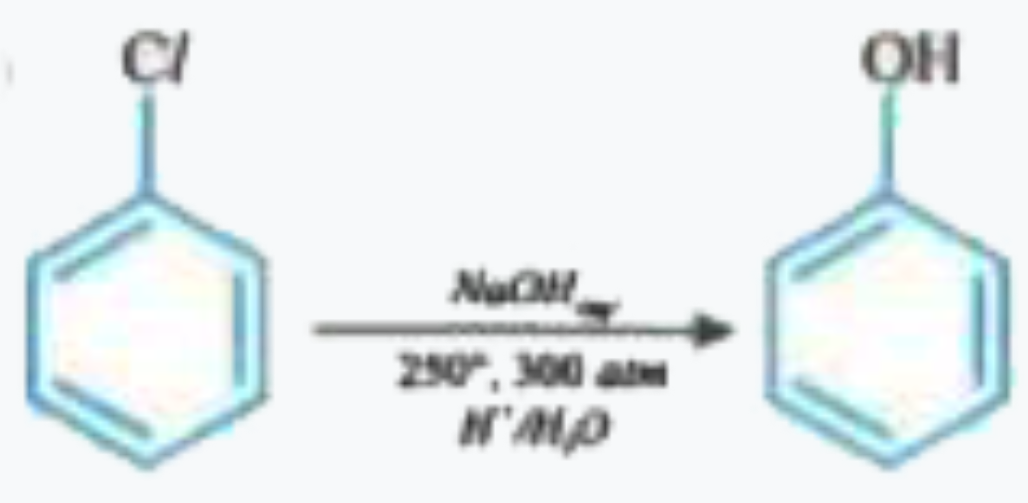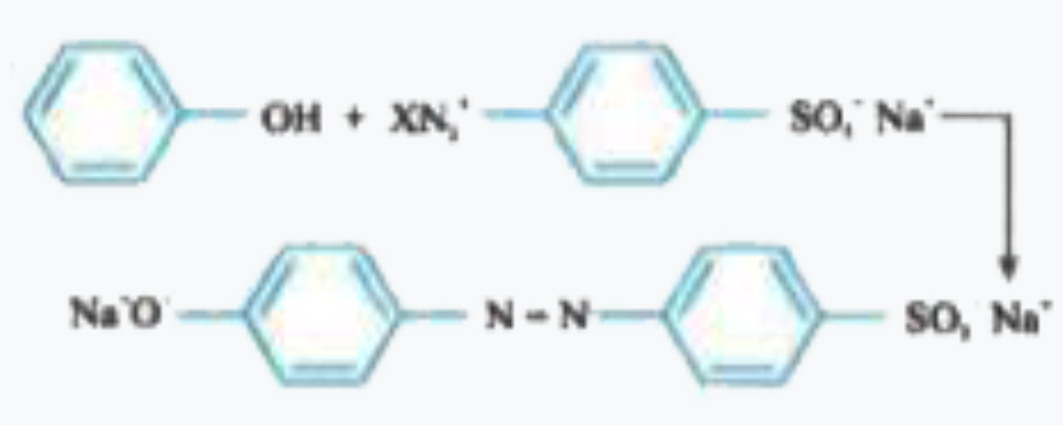What is meant by electrophilic substitution reaction? Explain the mechanism of nitration of benzene.
Step-by-Step Solution:
1. Definition of Electrophilic Substitution Reaction:
An electrophilic substitution reaction is a type of chemical reaction where a functional group in a compound is replaced by an electrophile. In the context of aromatic compounds, the most common functional group being replaced is a hydrogen atom.
Hint: Remember that electrophiles are species that are electron-deficient and seek to gain electrons by attacking electron-rich sites in a molecule.
---
2. Steps Involved in Electrophilic Substitution Reactions:
Electrophilic substitution reactions generally occur in three main steps:
- Step 1: Generation of Electrophile
- Step 2: Formation of Carbocation Intermediate
- Step 3: Removal of Proton from the Intermediate
Hint: Each step is crucial for the overall reaction to proceed, and understanding the role of intermediates is key to grasping the mechanism.
---
3. Mechanism of Nitration of Benzene:
To explain the nitration of benzene, we will follow the three steps outlined above.
Step 1: Generation of Electrophile
- The nitration of benzene typically involves a mixture of concentrated nitric acid (HNO3) and sulfuric acid (H2SO4).
- In this reaction, sulfuric acid acts as a catalyst and helps generate the nitronium ion (NO2⁺), which is the electrophile. The reaction can be summarized as follows:
H2SO4+HNO3→NO2++HSO4−+H2O
- Here, the nitronium ion (NO2⁺) is formed as the active electrophile.
Hint: Focus on how acids can generate electrophiles through protonation and dehydration reactions.
---
Step 2: Formation of Carbocation Intermediate
- Once the nitronium ion is generated, it can attack the benzene ring. The benzene ring has a high electron density due to its π-electrons.
- The attack of the nitronium ion on the benzene ring leads to the formation of a carbocation intermediate. This step is slow and rate-determining:
C6H6+NO2+→C6H5NO2+
- The resulting carbocation intermediate is resonance-stabilized.
Hint: Remember that the stability of the carbocation is crucial; it can be stabilized by resonance with the π-system of the benzene ring.
---
Step 3: Removal of Proton from the Intermediate
- To restore the aromaticity of the benzene ring, a proton (H⁺) must be removed from the carbocation intermediate. This is typically done by the bisulfate ion (HSO4⁻) produced in the first step:
C6H5NO2++HSO4−→C6H5NO2+H3O+
- The final product of this reaction is nitrobenzene (C6H5NO2), and the aromaticity of the benzene ring is restored.
Hint: The removal of the proton is essential to regain the aromatic character of the benzene ring after the electrophilic attack.
---
Summary:
The nitration of benzene is an electrophilic substitution reaction where a hydrogen atom on the benzene ring is replaced by a nitro group (NO2). The process involves the generation of the nitronium ion as the electrophile, the formation of a carbocation intermediate, and the subsequent removal of a proton to restore aromaticity.
An electrophilic substitution reaction is a type of chemical reaction where a functional group in a compound is replaced by an electrophile. In the context of aromatic compounds, the most common functional group being replaced is a hydrogen atom.
Electrophilic substitution reactions generally occur in three main steps:
- Step 1: Generation of Electrophile
- Step 2: Formation of Carbocation Intermediate
- Step 3: Removal of Proton from the Intermediate
To explain the nitration of benzene, we will follow the three steps outlined above.
- The nitration of benzene typically involves a mixture of concentrated nitric acid (HNO3) and sulfuric acid (H2SO4).
- In this reaction, sulfuric acid acts as a catalyst and helps generate the nitronium ion (NO2⁺), which is the electrophile. The reaction can be summarized as follows:
H2SO4+HNO3→NO2++HSO4−+H2O
- Here, the nitronium ion (NO2⁺) is formed as the active electrophile.
- Once the nitronium ion is generated, it can attack the benzene ring. The benzene ring has a high electron density due to its π-electrons.
- The attack of the nitronium ion on the benzene ring leads to the formation of a carbocation intermediate. This step is slow and rate-determining:
C6H6+NO2+→C6H5NO2+
- The resulting carbocation intermediate is resonance-stabilized.
- To restore the aromaticity of the benzene ring, a proton (H⁺) must be removed from the carbocation intermediate. This is typically done by the bisulfate ion (HSO4⁻) produced in the first step:
C6H5NO2++HSO4−→C6H5NO2+H3O+
- The final product of this reaction is nitrobenzene (C6H5NO2), and the aromaticity of the benzene ring is restored.
The nitration of benzene is an electrophilic substitution reaction where a hydrogen atom on the benzene ring is replaced by a nitro group (NO2). The process involves the generation of the nitronium ion as the electrophile, the formation of a carbocation intermediate, and the subsequent removal of a proton to restore aromaticity.
Topper's Solved these Questions
- HYDROCARBONSBook:MODERN PUBLICATIONChapter:HYDROCARBONSExercise:COMPETITION FILE (OBJECTIVE TYPE QUESTIONS) (Integer Type Questions)
Explore 4 Videos
- HALOALKANES AND HALOARENESBook:MODERN PUBLICATIONChapter:HALOALKANES AND HALOARENESExercise:UNIT PRACTICE TEST
Explore 12 Videos
- HYDROGENBook:MODERN PUBLICATIONChapter:HYDROGENExercise:UNIT PRACTICE TEST (for Board Examination)
Explore 9 Videos
Similar Questions
Knowledge Check
The example of an electrophilic substitution reaction is
A B
B CH2C=CH−CH3HBr−−−−→peroxide
CH2C=CH−CH3HBr−−−−→peroxide
Br2−CH2−CH2−CH3DH2CH2−CH2−O∣∣C−CH3In electrophilic substitution reaction nitrobenzene is
AMeta-directingBOrtho-directingCPara-directingDNot reactive and does not undergo any substitutionFor an electrophilic aromatic substitution reaction
AChlorine is o-p directing group and also electron releasing groupBChlorine is o-p directing group and also electron withdrawing groupCChlorine is meta directing group and also electron releasing groupDChlorine is meta directing group and also electron withdrawing group
Why does benzene undergo electrophilic substitution reaction instead of electrophilic addition reaction ? Discuss the mechanism of chlorination of benzene,
View SolutionWhat are substitution reactions? Give two examples of substitution reactions of benzene.
View SolutionElectrophilic Substitution reactions:Mechanism and Important Exmaples
View SolutionFor an electrophilic substitution reaction , the presence of a halogen atom in the benzene ring …..
View SolutionWhat is the electrophile in the nitration of benzene
View Solution
